Early Ideals and Objectives of the Indian Congress Party
In the history of India’s fight for independence and the country’s subsequent political environment, the Indian National Congress (INC), sometimes known as the Congress party, has a vital role to play. The INC, a revolutionary organisation founded in 1885, was essential in India’s struggle against British colonial control. But as time went on, the group had numerous difficulties and through changes that ultimately brought about its demise. This article will examine the growth and fall of the Indian National Congress, highlighting significant occasions, noteworthy figures, and the party’s shifting fortunes.
Table of Contents
- The Birth of the Indian National Congress
- Early Years and Moderate Politics
- Emergence of Radical Nationalism
- Gandhi and the Mass Movement
- The Struggle for Independence
- Post-Independence Challenges
- Internal Conflicts and Factionalism
- Decline in Popular Support
- Leadership Crisis and Dynastic Politics
- The Rise of Regional Parties
- Contemporary Relevance and Challenges
- Rejuvenation and Future Prospects
- Conclusion
- FAQ
The Birth of the Indian National Congress
On December 28, 1885, the Indian National Congress (INC) came into existence with a noble objective: to establish a platform for Indians to express their grievances and advocate for political reforms within the British colonial administration. In its nascent years, the party was characterized by the influential presence of moderate leaders such as A.O. Hume, Dadabhai Naoroji, and Surendranath Banerjee. These visionary figures championed the cause of limited self-governance and concentrated their efforts on pushing for constitutional reforms that would operate within the framework of the British Empire. Their pragmatic approach aimed to navigate the delicate balance between asserting Indian aspirations and working within the confines of the prevailing colonial system, garnering support and fostering dialogue in the pursuit of a more equitable future.
Early Years and Moderate Politics
The Indian National Congress initially concentrated mainly on subjects like economic reforms, civil freedoms, and representation in the British government. Leaders of the party met yearly to debate and discuss various Indian nationalism-related issues. However, the British Raj frequently resisted their aspirations for further autonomy, which frustrated some of their members.
Emergence of Radical Nationalism
New leaders arose as the INC continued its efforts, bringing radical ideas and a more forceful strategy to the fight for independence. A number of well-known individuals, like Bal Gangadhar Tilak, Bipin Chandra Pal, and Lala Lajpat Rai, began promoting Swaraj (self-rule) and used increasingly overt forms of protest, like mass mobilisation and civil disobedience.
Gandhi and the Mass Movement
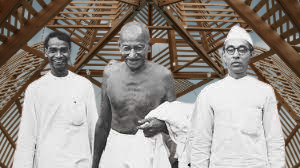
Mohandas Karamchand Gandhi, lovingly referred to as Mahatma Gandhi, played a central role in both the Indian National Congress and the fight for independence. His powerful ideas of nonviolent resistance, truth, and nonviolence resonated deeply with the people. Gandhi’s leadership inspired the Congress to initiate various mass movements that captured the attention and support of the entire nation. Some of these momentous movements included the Non-Cooperation Movement, Salt March, and Quit India Movement. These movements united the people and served as catalysts for change, fueling the collective spirit and determination to break free from British rule.
The Struggle for Independence
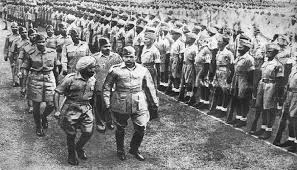
The Indian National Congress was vital in the fight for independence. The party pushed for more self-government and questioned the legitimacy of British authority through its relentless efforts and public mobilisation. The Congress, together with other freedom fighters, eventually won India’s independence on August 15, 1947.
Post-Independence Challenges
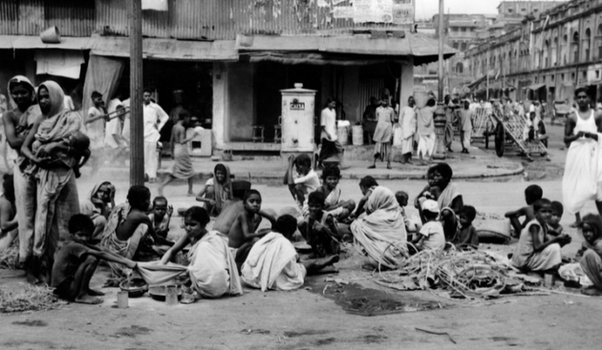
After independence, the Indian National Congress faced the difficult task of nation-building. Jawaharlal Nehru leded, the party implemented various policies aimed at fostering economic development, social justice, and secularism. The period saw the drafting of the Indian Constitution and the initiation of Five-Year Plans to drive growth and eradicate poverty.
Internal Conflicts and Factionalism
As time went on, internal conflicts and factionalism began to plague the Indian National Congress. Differences in ideologies and personal ambitions led to divisions within the party. These divisions became more pronounced after the death of Nehru, with power struggles between different factions becoming a recurring theme in Congress politics.
Decline in Popular Support
The Indian National Congress has seen a drop in popular popularity throughout the years. Several reasons played a role in this, including allegations of corruption, ineffective governance, and a failure to address critical socioeconomic challenges. The growth of regional parties and other political movements further split the voter base of the Congress.
Leadership Crisis and Dynastic Politics
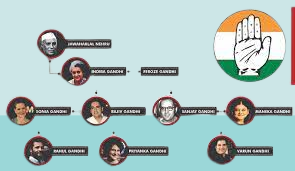
The Indian National Congress faced tremendous obstacles, including a leadership crisis and the emergence of dynasty politics. To preserve its political clout, the party increasingly relied on notable political families, such as the Nehru-Gandhi dynasty. Critics believe that this practise inhibited internal party democracy and prevented new leadership from forming.
The Rise of Regional Parties
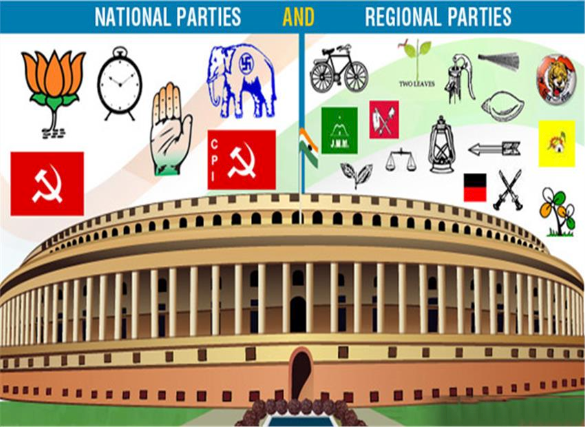
As the Indian political landscape evolved, regional parties gained prominence, challenging the dominance of the Indian National Congress. These parties championed regional aspirations and effectively tapped into local sentiments. The rise of regional forces resulted in a more fragmented political scenario, with the Congress gradually losing its foothold in several states.
Contemporary Relevance and Challenges
The Indian National Congress continues to face severe hurdles in today’s political environment. The party’s organisational structure must be rebuilt, it must reconnect with the masses, and it must answer popular concerns. Adapting to the changing dynamics of Indian politics, which now include the emergence of right-wing ideas and social media influence, poses additional hurdles.
Rejuvenation and Future Prospects
To rejuvenate the Indian National Congress, the party needs to introspect, reinvent its strategies, and align with the aspirations of the people. Emphasizing transparency, meritocracy, and inclusive governance can help regain public trust. Furthermore, fostering alliances and collaborations with like-minded parties could prove beneficial in countering the political dominance of other forces.
Conclusion
The Indian National Congress has a major place in Indian history because it was instrumental in the country’s war for independence and the early stages of constructing a new country. However, internal disagreements, allegations of corruption, and the rise of regional parties have all led to the Congress’s demise over time. To reclaim its relevance, Congress must face these difficulties, reestablish a strong link with the people, and change its methods to reflect the changing political scene. By confronting these concerns head on, the Congress can revitalise itself and interact successfully with the modern reality of Indian politics.
